October 29, 2025
Data Shows Endangered Palau Ground Doves Swiftly Recovering After Successful Palauan Island Conservation Effort
Astounding evidence of recovery on Ulong Island in Palau after just one year!
Published on
September 26, 2018
Written by
Island Conservation
Photo credit
Island Conservation

St. Paul Island is a 40 square mile island (100 km2) located off the coast of Alaska in the middle of the Bering Sea. The Pribilof Islands (St. Paul and St. George) are considered one of the most important seabird nesting sites in the Bering Sea. For more than two decades, conservationists have dedicated themselves to protecting the island from the introduction of invasive rats and have been overwhelmingly successful. At least that was the case until late last month when a rat sighting was reported, Steve Delehanty, Refuge Manager for the Alaska Maritime National Wildlife Refuge explained:
The Aleut Community of St. Paul Ecosystem Conservation Office maintains year-round, 365 days a year traps which are checked monthly in strategic locations near the docks at St. Paul, so if a rat comes off a boat hopefully it will be captured right away.”
All these years St. Paul and the surrounding islands have remained free of invasive rats thanks to these conservation efforts. In this time at least six rats have been captured on the island but this is the first time an invasive rat is known to have made it past the traps near the dock.
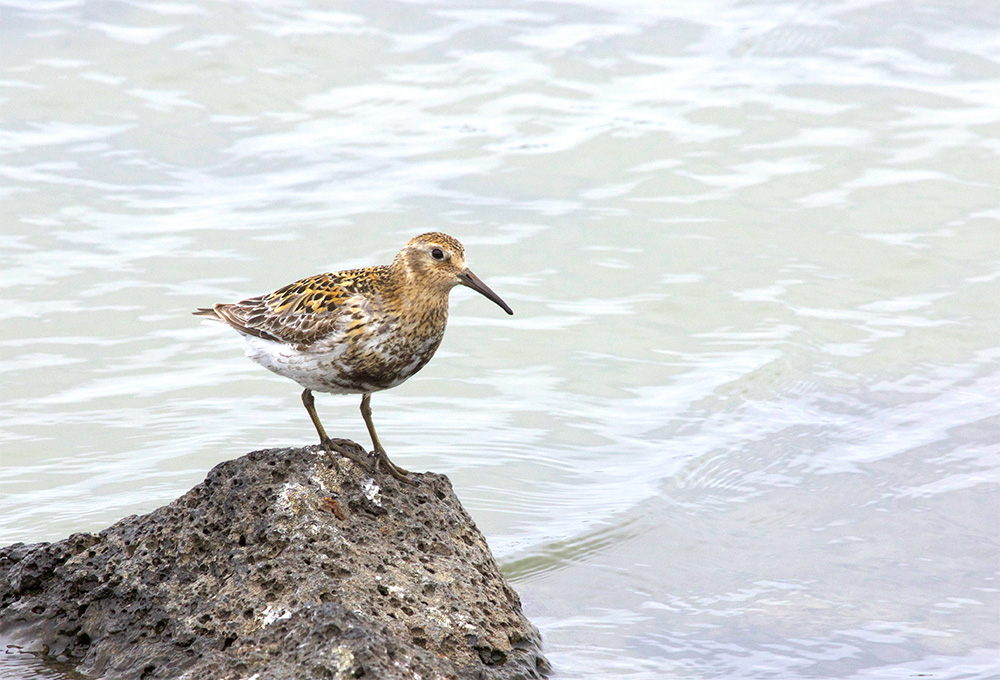
In order to ensure St. Paul Island remains a seabird paradise, Island Conservation, in partnership with the City of St Paul, Tribal ECO, the US Fish and Wildlife Service, and the USDA Wildlife Services, sent a rapid response team to the island to assess the incursion. For now, the biggest concern is the number of rats present. Due to their rapid reproduction rate, there is a big difference between the presence of one rat and two. Delehanty commented:
If there’s more than one rat there and they are breeding, then they’re already having babies. We want to get at it when there are two rats on the island, or six or eight rats, not when there’s 56 rats or a 1,000 rats.”
The team has not found any invasive rodents and will be passing operations to the Tribal Government of St. Paul Island. Island Conservation, the community of Saint Paul, and partners are hopeful that the rapid response to this report will prevent this worst-case scenario and help inform more effective biosecurity measures to prevent future invasive species introductions.
Featured Photo: A Tufted Puffin soaring in the sky. Credit: Ilana Nimz/USFWS
Source: KTOO
Check out other journal entries we think you might be interested in.

October 29, 2025
Astounding evidence of recovery on Ulong Island in Palau after just one year!
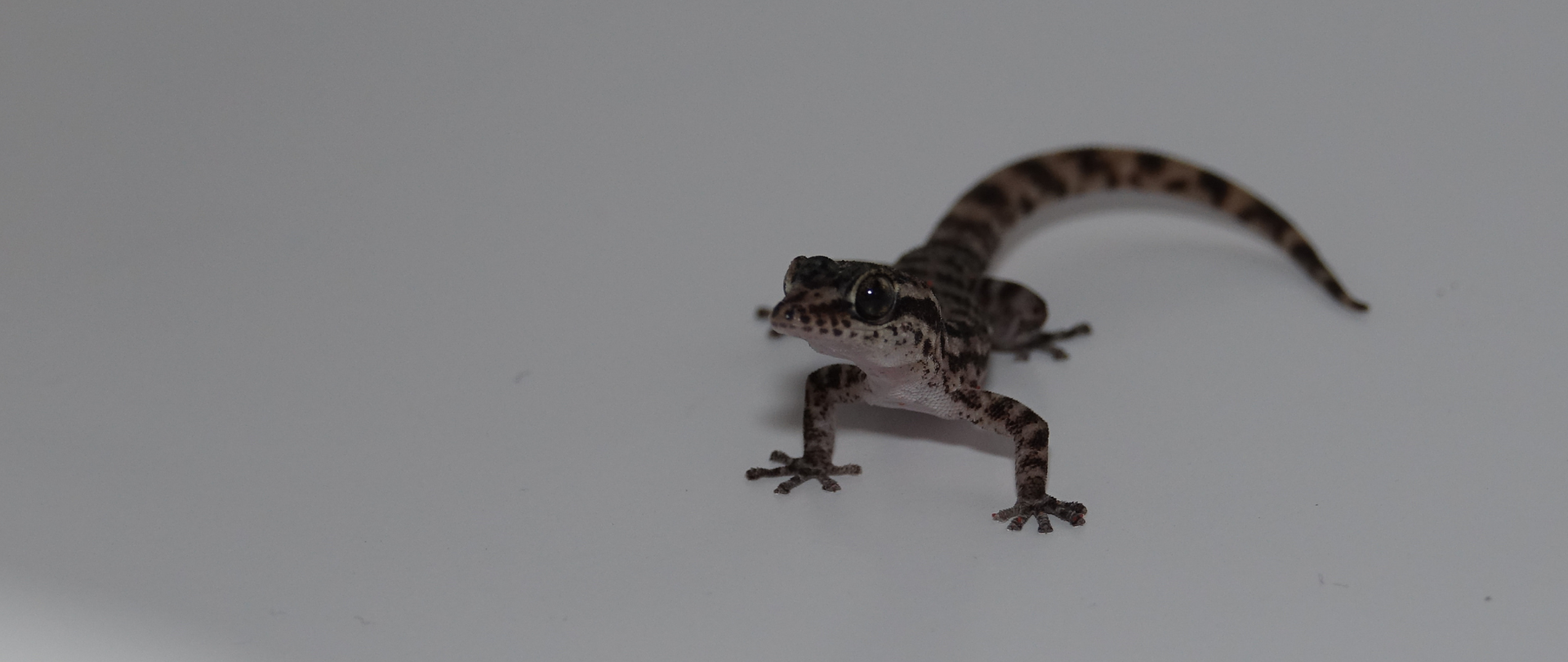
July 22, 2025
A species once thought extinct just made its comeback. A study published in PLOS ONE confirms the Leaf-toed Gecko has been rediscovered on Rábida Island in the Galápagos.
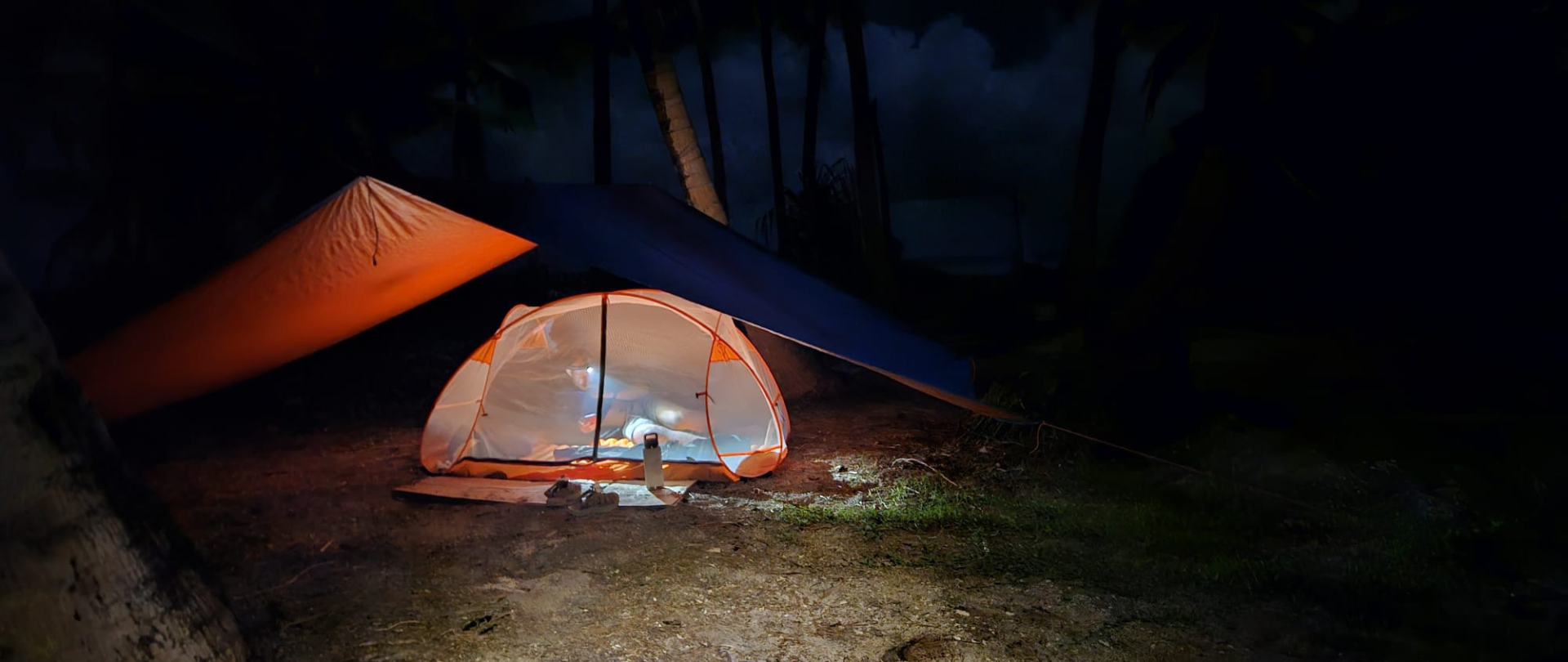
July 17, 2025
Great news from Tuvalu--our projects to restore Nukufetau Atoll, Tepuka, and Falefatu were successful!

June 17, 2025
Two new islands join the Island-Ocean Connection Challenge, linking terrestrial and marine conservation for maximum impact!
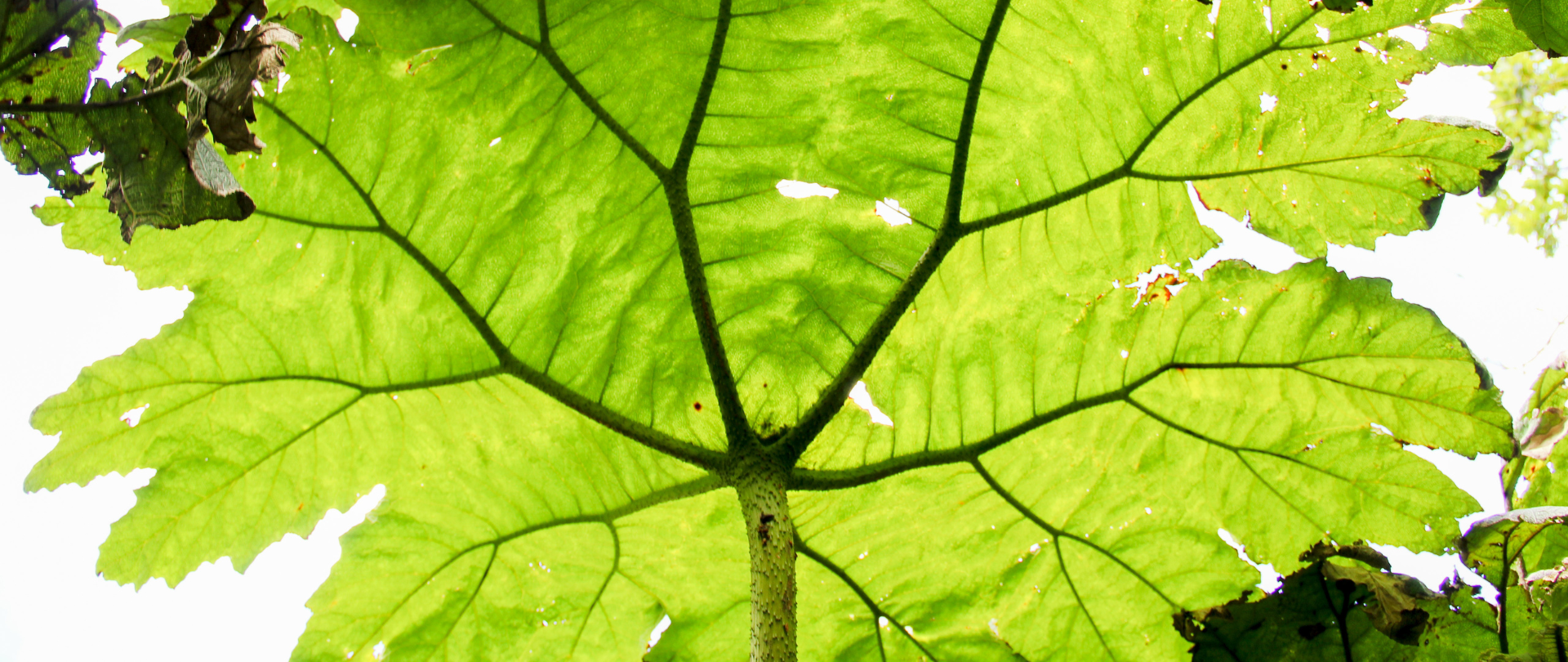
June 13, 2025
Our partner Conservation X Labs has joined the IOCC, committing to deploying transformative technology to protect island ecosystems!
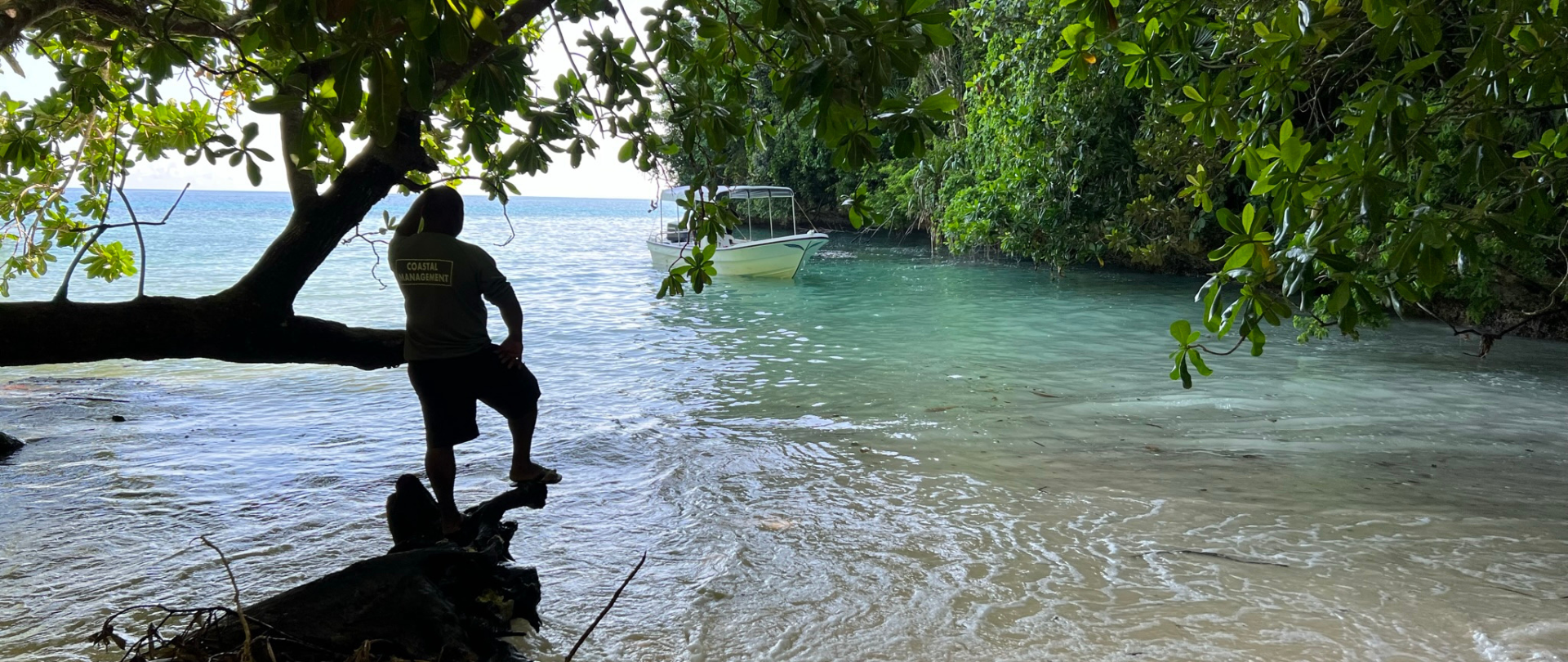
May 19, 2025
Read our position paper on The 3rd United Nations Ocean Conference (UNOC 3) to see why we're attending and what we aim to accomplish!
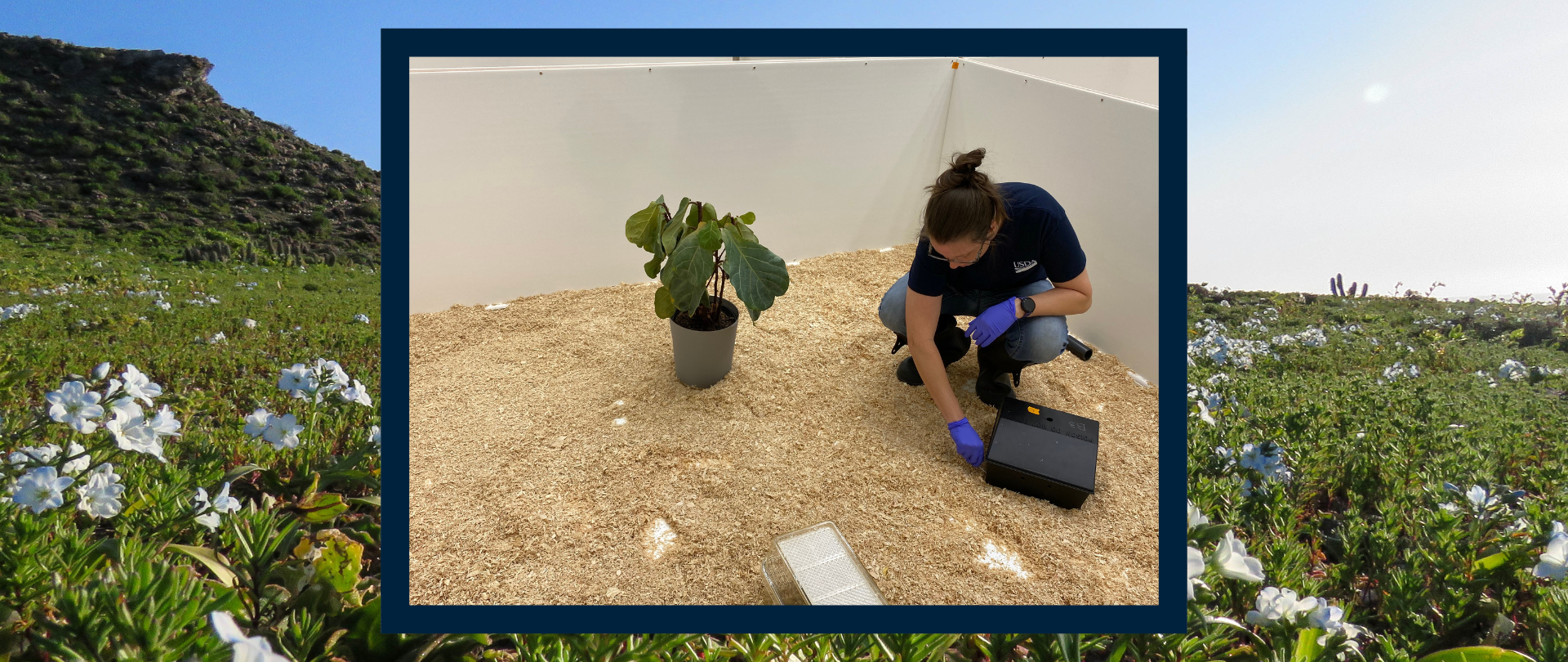
March 11, 2025
New environmental DNA technology can help protect vulnerable island ecosystems from destructive invasive species.
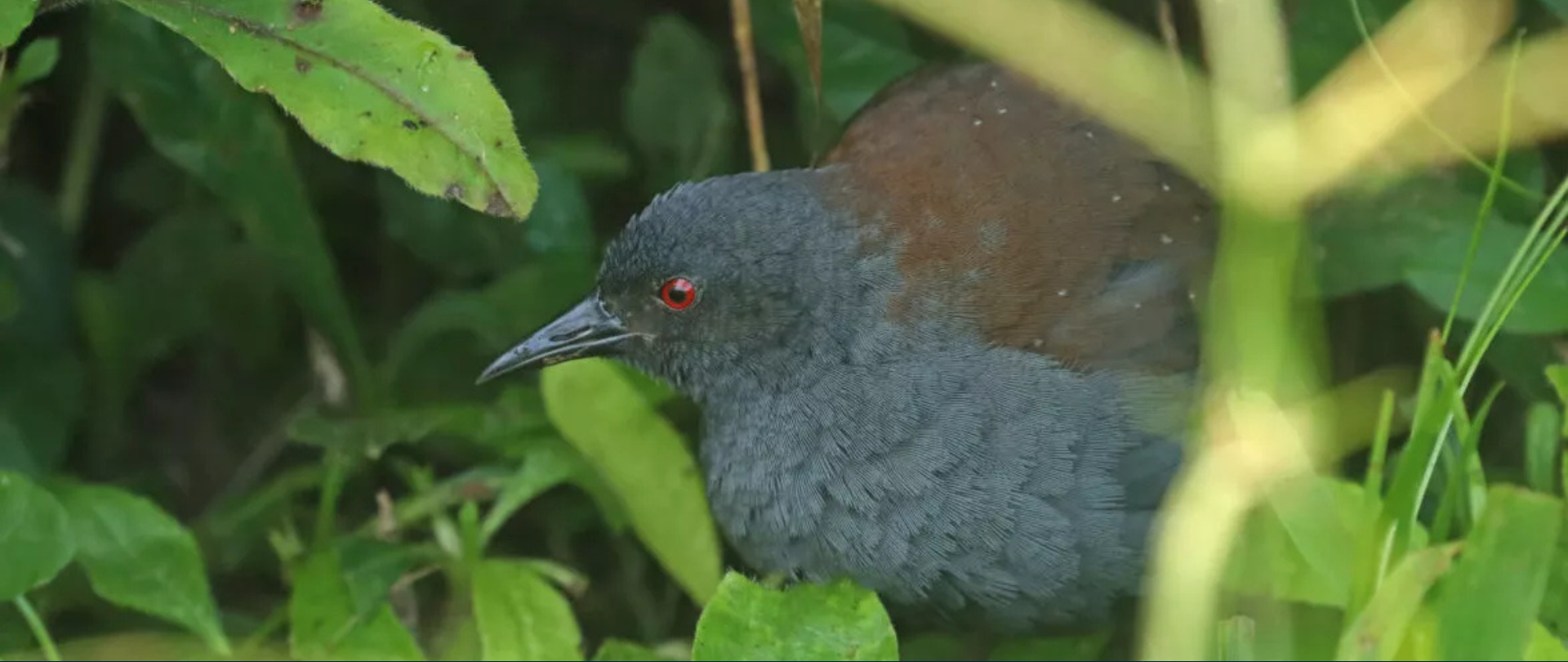
February 27, 2025
A locally-extinct species of ground-dwelling bird was found on Floreana Island!
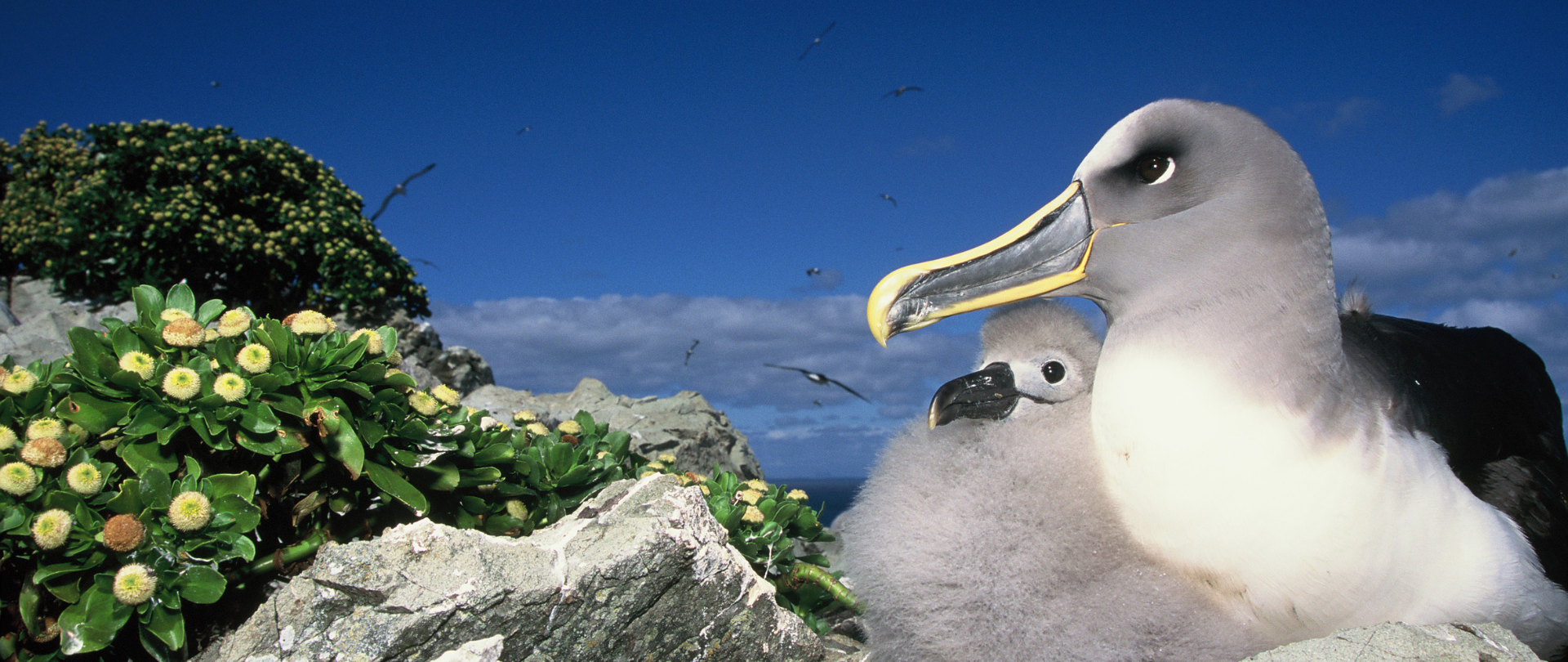
February 20, 2025
February 20, 2025, Bluff, New Zealand – The international conservation initiative, Island-Ocean Connection Challenge (IOCC), led by Island Conservation, Re:wild, and UC San Diego’s Scripps Institution of Oceanography, proudly welcomes three of New Zealand’s most ecologically rich islands into its…